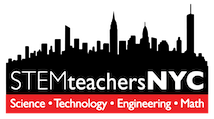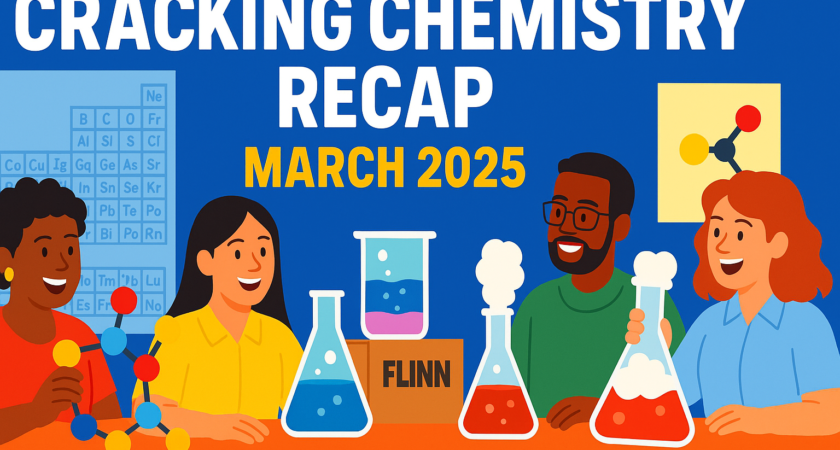The March 2025 meetings of the Cracking Chemistry Working Group brought together educators to share engaging resources and creative strategies for teaching key chemistry concepts while making science feel personal and relevant to students. In the first session, members explored a wide array of hands-on activities and interdisciplinary connections, such as using Tinker Toys to model chemical bonding and turmeric labs to investigate solubility, concentration, and the effects of heat. The group praised the Living by Chemistry curriculum by Angelica Stacy, especially its modules on organic chemistry and its highly effective periodic table introduction activity.
Several members shared real-world connections that deepen student understanding of chemistry in everyday life. Examples included coffee brewing experiments that tie in solubility, ratios, and temperature; the chemistry of love through neurotransmitters; and making nylon using Flinn kits to reinforce concepts in polymerization. Teachers also discussed field trip ideas like visiting a water utility, allowing students to observe water filtration processes and build their own filters. Complementing these hands-on ideas were historical and ethical extensions through simulations like Columbia’s “Nuclear Diplomacy” and books like Radium Girls and Before the Fallout, which provide deeper context on radioactivity and the human impact of scientific discovery.
The second March meeting shifted focus to educators’ favorite lessons and classroom-tested labs for core topics such as stoichiometry, electron configuration, and chemical reactions. Participants highlighted engaging experiments like the dehydration of copper(II) sulfate pentahydrate, the composition of hydrates, and single-replacement reactions such as Zn + HCl. POGIL worksheets, particularly those on mole ratios and limiting reactants, were mentioned as useful tools for helping students grasp abstract quantitative relationships. VisionLearning’s Dalton’s Playhouse was also recommended for data-driven approaches to foundational chemistry concepts.
Teachers shared visual and kinesthetic approaches to teaching atomic structure, including updated PhET worksheets, graphing periodic trends, and modeling atomic structure with playdough. The session closed with an energetic exchange on dynamic demonstrations, such as the Whoosh Bottle and Elephant Toothpaste, that illustrate reaction types and chemical changes. Throughout both meetings, members emphasized the importance of helping students distinguish between forces within molecules and those between them, promoting a more nuanced understanding of chemical interactions.
Together, the March meetings reinforced the value of blending experimental learning, historical context, and creative teaching tools to make chemistry accessible, engaging, and intellectually rich. From curriculum recommendations to eye-catching demos, educators left with a toolkit of ideas to inspire curiosity and deepen understanding in their classrooms.
Note: summaries are written with aid of AI text software

